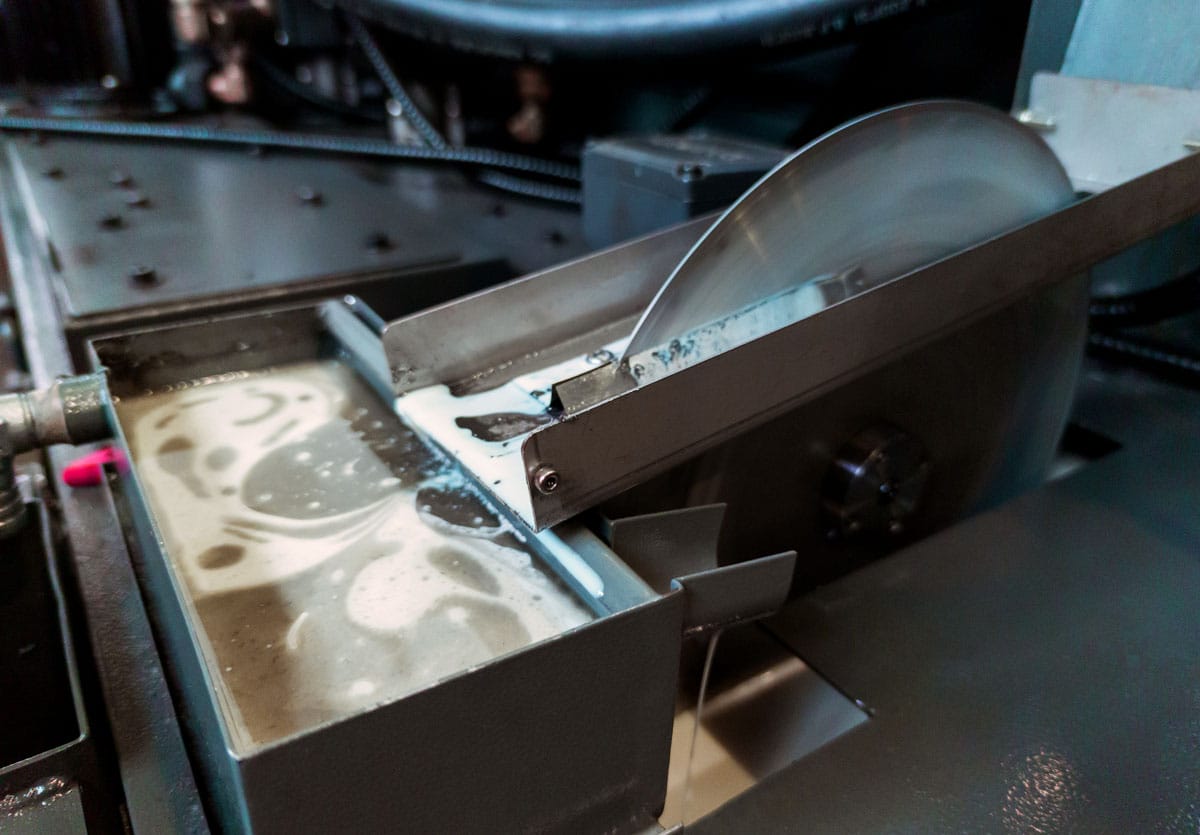Intelligent Lubrication Solutions®
We’ve assembled a broad range of products that can improve productivity, extend tooling and coolant life, and reduce costs in machining operations. Our team installs tank monitoring systems that simplify inventory management. We also partner with trusted professionals to install in-plant lubrication distribution systems and technology. The product range includes parts washers, solvent distillation systems, coolant filtration units, coalescers/tramp oil separators, venturi and coolant proportioning pumps, and even coolant mixing automation systems and automatic lubrication systems. It is part of our customer promise of Assuring Machine Health®.
More specifically, our Intelligent Lubrication Solutions® can deliver significant benefits to small and large machining operations including:
- Extend coolant life, maximize recovery, reduce coolant consumption and associated cost.
- Reduce costs associated with waste coolant disposal, reduce environmental impact.
- Improve machine uptime (extend tooling life, reduce tooling changes, reduce required machine tool maintenance).
- Improve parts finish, reduce parts rejection rate.
- Improve corrosion protection, reduce required machine tool maintenance.
- Increase machine operator satisfaction (reduce/eliminate odors, skin sensitivity concerns).
- Improve productivity (fewer tooling changes, less time adjusting coolant mix).


